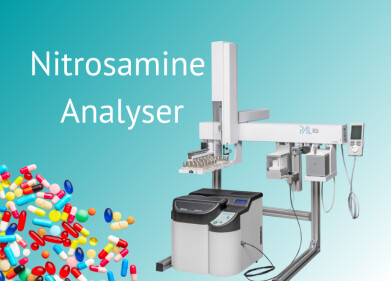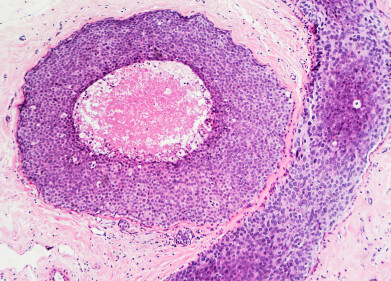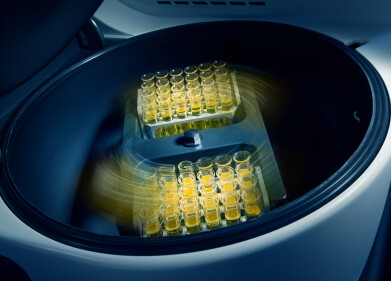Laboratory Products
Customised tube furnaces offer researchers a versatile processing solution
May 27 2011
Carbolite has supplied the Fraunhofer Institute for Physical Measurement Techniques (Fraunhofer IPM) in Freiburg, Germany with a test rig that comprises two specially customised wire wound horizontal three-zone tube furnaces. The customised furnaces based on a system that was developed by the Fraunhofer IPM in 1981 will provide the Institute’s state-of-the-art research teams with a versatile processing system for studying and improving the thermo-electrical properties of advanced thermoelectric materials and systems.
The Institute will use the two separately controlled, rail-mounted three-zone tube furnaces to play a key role in optimising compound semiconductors. The systems are designed to maximise operational flexibility by combining the two, three-zone furnaces to form a single large multi-zone furnace or separating them to give two differently heated regions with a gradient of 200°C between the two. Custom built by Carbolite engineers, the three-zone tube furnaces feature a specially developed desk and rail system that provides vibration-free movement of the furnaces and is constructed to support a very long fixed quartz tube through both furnaces.
A double horizontal tube furnace was supplied by Carbolite to maximise the temperature gradient capabilities of the system. The two three-zone furnaces have different sizes. The larger has a heated length of 600mm, the smaller 400mm each with an integral recrystalised alumina work tube. The three-zone design of the furnaces uses three controllers to apply separate control to the central zone and each of the end zones in each furnace. These end zone controllers with their own thermocouples compensate for the tendency for tube ends to be cooler and ensure that the tubes furnaces have a larger uniform zone than can be achieved with only one control loop.
Each of the two furnaces is equipped to accept an accessory tube with a maximum outer diameter of 65mm. The customised system also includes smaller end insulation disks between both furnaces to enable a more linear temperature gradient from the one end of the furnace to the other. Power to the furnace’s end zones is automatically adjusted to compensate for heat loss.
To provide a more user-friendly, ergonomic working environment the furnace systems feature separate controller boxes that have been specially positioned under the worktable. The furnaces are specified to operate at a maximum temperature of 1200°C but by using modified control algorithms they are able to operate between 150°C and 600°C.
Digital Edition
Lab Asia 31.6 Dec 2024
December 2024
Chromatography Articles - Sustainable chromatography: Embracing software for greener methods Mass Spectrometry & Spectroscopy Articles - Solving industry challenges for phosphorus containi...
View all digital editions
Events
Jan 22 2025 Tokyo, Japan
Jan 22 2025 Birmingham, UK
Jan 25 2025 San Diego, CA, USA
Jan 27 2025 Dubai, UAE
Jan 29 2025 Tokyo, Japan

.jpg)

















